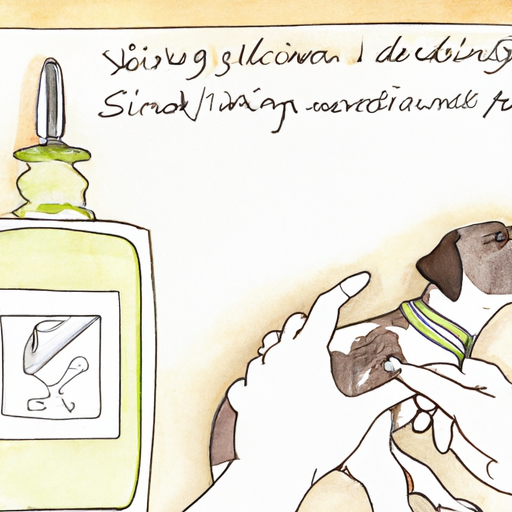Understanding Skin Tags on Dogs
First things first, let’s understand what we’re dealing with. Skin tags, also known as acrochordons, are common but harmless growths that appear on dogs’ skin. These tags are usually small, soft, and often the same color as your pet’s skin. They can occur anywhere on your dog’s body, but they’re most commonly found where the skin folds or chafes, such as the armpits, groin, and eyelids.
Recognizing Skin Tags
Before we dive into the how-to’s, it’s important to distinguish skin tags from other types of skin growths. Skin tags are usually:
- Soft and flexible
- Small and flat or slightly raised
- The same color as your dog’s skin or slightly darker
- Found in areas where the skin chafes or folds
Other types of skin growths, such as warts, ticks, or tumors, may look different and require different treatment. If you’re unsure, it’s always best to consult with your vet.
When to Visit a Veterinarian
While skin tags are generally harmless, there are instances when you should consult a vet:
- If the skin tag changes in size, shape, color, or texture
- If your dog seems bothered by it (e.g., scratching, biting, or licking the area)
- If the skin tag becomes red, swollen, or starts to bleed
In these cases, a vet can determine if the skin tag needs to be removed or if it’s a sign of a more serious condition.
Home Remedies for Skin Tags
In many cases, skin tags don’t need to be removed. However, if you’ve consulted with your vet and decided to get rid of them, there are several home remedies you can try:
- Apple Cider Vinegar: Soak a cotton ball in apple cider vinegar and apply it to the skin tag. Secure it with a bandage and leave it on for a few hours.
- Tea Tree Oil: Apply a few drops of tea tree oil to a cotton ball and gently rub it on the skin tag three times a day.
Remember, these remedies may take several weeks to work. Also, be sure to avoid your dog’s eyes and other sensitive areas.
Professional Removal
If home remedies don’t work or if the skin tag is large or in a sensitive area, professional removal may be necessary. Your vet can perform this procedure using one of the following methods:
| Method | Description |
|---|---|
| Surgical Removal | The vet uses a scalpel to cut off the skin tag. |
| Cryotherapy | The skin tag is frozen off using liquid nitrogen. |
| Electrocautery | The skin tag is burned off using an electric current. |
Remember, professional removal should always be done by a trained vet to avoid complications.
Frequently Asked Questions
Q: Are skin tags harmful to dogs?
A: No, skin tags are generally harmless. However, if they change or cause discomfort, a vet should be consulted.
Q: Can skin tags turn into cancer?
A: While skin tags are benign, any changes in size, color, or texture should be evaluated by a vet.
Q: Can I remove a skin tag myself?
A: It’s not recommended to remove a skin tag yourself. Always consult with a vet.
Remember, when it comes to your pet’s health, it’s always best to consult with a professional. Skin tags are generally harmless, but they can also be a sign of a more serious condition. So, don’t hesitate to reach out to your vet if you have any concerns.



